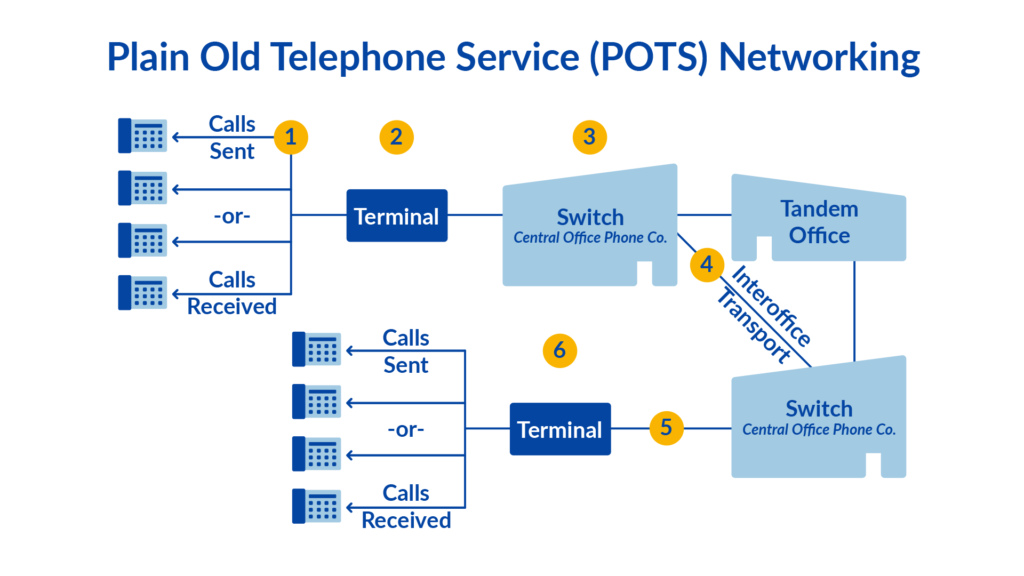A basic telephone system is an example of a foundational technology that has revolutionized human communication, shaping our ability to connect across vast distances with ease and efficiency.
A basic telephone system is an example of a closed system, like a computer operating system. Just like an operating system performs 5 basic functions , a basic telephone system allows users to make and receive calls, store contacts, and manage call history.
It’s a simple yet effective example of how a system can provide essential functionality.
From its humble beginnings to its modern-day iterations, the basic telephone system has played a pivotal role in fostering personal connections, facilitating business transactions, and bridging geographical divides.
Yo, check it! A basic telephone system is like a mini info system, with all the bells and whistles. It’s got the 4 major components you need: hardware (the phone), software (the dialing instructions), data (the numbers you call), and people (the ones yakking away).
So, when you’re chatting it up on the phone, you’re actually using an information system, dude!
Basic Telephone System: A Basic Telephone System Is An Example Of

A basic telephone system is a simple and fundamental form of telecommunication that allows users to communicate with each other over a distance using voice transmission.
Yo, check it, a basic telephone system is like the OG of info systems. It’s all about passing data from one spot to another. But hold up, if you’re looking to dive deeper into the world of information systems, peep this 1 what is an information system article.
It’ll break down all the nitty-gritty. Anyway, back to our basic telephone system, it’s a classic example of how info flows.
Basic telephone systems have played a pivotal role in shaping the landscape of communication, enabling individuals and businesses to connect across vast distances.
Like how a basic telephone system is an example of a simple communication network, the 5 fundamental principles of an Islamic economic system ( 5 fundamental principles of an islamic economic system ) provide a framework for a just and equitable society.
These principles ensure that resources are distributed fairly, wealth is shared, and the economy benefits all members of the community. Just like a telephone system connects people, these principles connect the economic system to the values of justice and equality.
Components of a Basic Telephone System
- Handset:The handset is the part of the telephone that the user holds and speaks into.
- Base unit:The base unit is the main body of the telephone and contains the electronic components.
- Dial pad:The dial pad is used to input numbers and letters.
- Speaker:The speaker is used to output sound.
- Microphone:The microphone is used to input sound.
Functionalities of a Basic Telephone System, A basic telephone system is an example of
- Making and receiving calls:Basic telephone systems allow users to make and receive calls to and from other telephones.
- Redialing:Basic telephone systems allow users to redial the last number that was dialed.
- Call forwarding:Basic telephone systems allow users to forward calls to another number.
- Caller ID:Basic telephone systems allow users to see the phone number of the person calling them.
Limitations of a Basic Telephone System
- Limited features:Basic telephone systems have limited features compared to advanced phone systems.
- Lack of mobility:Basic telephone systems are not mobile and require a landline connection.
- Dependence on landlines:Basic telephone systems rely on landlines, which can be disrupted by power outages or natural disasters.
Historical Significance of Basic Telephone Systems
Basic telephone systems have a rich historical significance, dating back to the invention of the telephone by Alexander Graham Bell in 1876.
The first basic telephone systems were simple devices that allowed users to communicate over short distances. Over time, telephone systems evolved and became more sophisticated, with the addition of features such as automatic dialing and call forwarding.
Basic telephone systems have played a major role in the development of communication and continue to be used in many parts of the world today.
Yo, a basic telephone system is like a granddaddy OS. It lets you connect and chat with homies, just like an OS lets your computer talk to hardware. Check out 3 purposes of an operating system for the 411. So, a basic telephone system is like a simple OS, keepin’ things runnin’ smooth.
Epilogue
As we look towards the future of communication, the basic telephone system will undoubtedly continue to evolve, embracing new technologies and functionalities while remaining a cornerstone of our interconnected world.
FAQ Summary
What are the key components of a basic telephone system?
A basic telephone system typically consists of a handset, base unit, dial pad, speaker, and microphone.
What are the limitations of a basic telephone system?
Basic telephone systems offer limited features compared to advanced phone systems, lack mobility, and are dependent on landlines.
How have basic telephone systems evolved over time?
Basic telephone systems have evolved from rotary dial phones to push-button phones, cordless phones, and VoIP phones, incorporating technological advancements to enhance convenience and functionality.
A basic telephone system is an example of a system that can be controlled automatically. An automatic control system has three basic components: a sensor, a controller, and an actuator. The sensor measures the system’s output and sends the information to the controller.
The controller compares the measured output to the desired output and sends a signal to the actuator. The actuator then adjusts the system’s input to bring the output back to the desired value. Learn more about the 3 basic components of an automatic control system .
A basic telephone system is an example of a system that performs basic functions like managing hardware and software resources. To learn more about the functions of a system, check out the 5 main functions of an operating system . A basic telephone system is an example of a system that performs basic functions.